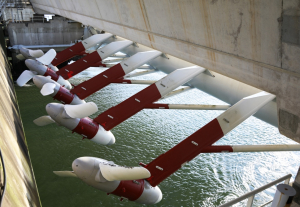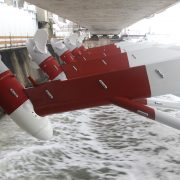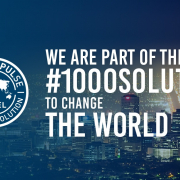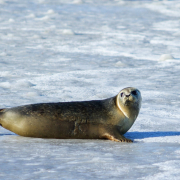Accelerating Offshore Energy Transition: Netherlands and Flanders Launch OFFSHORE FOR SURE Project
In the coming years, renewable energy at sea will receive a significant boost. Fifteen partners from Flanders and the Netherlands are pooling their expertise in the Offshore For Sure project to test five promising energy solutions and enhance their applicability in the energy system. The project’s objective is to accelerate the energy transition at sea and drive the sustainable blue economy in collaboration with knowledge institutions, regional, and societal organizations. The Interreg Flanders-Netherlands program for 2021-2027 supports this collaboration.
During the three-year duration of the project, the project partners will invest more than 10 million euros in the Flemish-Dutch border region. This investment is made possible in part by the European Interreg Flanders-Netherlands program and co-financiers. The consortium believes that these offshore energy solutions will contribute to a smarter, greener, and more co-operative Europe. BLUESPRING is the initiator behind the Offshore For Sure project idea and acts as the project coordinator.
Five Innovations and Supporting Partners
The five demonstration projects represent innovative solutions from technology developers with a proven track record and a clear plan for deployment in the fields of tidal energy, wave energy, offshore floating solar energy, and energy storage:
- Wave energy from Dutch Wave Power
- Tidal energy from Water2Energy Projects
- Offshore solar from Oceans of Energy
- Energy storage simulation from FLASC
- Smart asset management and predictive maintenance of tidal turbines from Tocardo
For their developments, the technology developers can rely on the knowledge and expertise of partners Bluespring, World Class Maintenance, International Marine; Dredging Consultants, Ecopower, Rijkswaterstaat, Parkwind, Ghent University, HOWEST, Deftiq, and the Zeeland Environmental Federation.
Collaboration Focused on Three Domains
Activities in the project have strong ties to the regions where they are conducted and have both local and international impact. Therefore, we are developing various services for different groups to maximize the gained experience and apply it internationally.
Policy & Public Engagement
As a significant portion of the developments take place at sea, outside the view of residents and their living environment, we aim to involve people in the projects, exchange knowledge, and thereby increase support and awareness. We work closely with nature and environmental organizations, cooperatives, and similar projects.
Education
We are developing learning trajectories, including online and hybrid courses, based on the knowledge acquired during the project’s implementation. We promote student exchange and establish collaboration between educational partners in Flanders and the Netherlands.
Certification
We are working on certification services for testing in laboratories and at sea to ensure the efficiency and robustness of the developed systems.
Sustainable Perspective
The yield of our offshore energy transition is assessed by three types of end users: governments, project developers, and citizen cooperatives. Through their approval of our business cases, we attract further investments for both technology and projects. This should lead to bankable projects for the future, contributing to economic growth in the region and creating new jobs in the sustainable blue economy.
Stay informed or get involved
Are you interested in becoming involved as a stakeholder in the implementation of the project, or would you like to stay informed about the developments of Offshore For Sure? We invite you to express your interest.
For more information:
Bluespring BV
Sia Windig – Head of Communications
sia.windig@bluespring.blue
+31 6 49 83 81 64
About the OFFSHORE FOR SURE Project: www.OffshoreForSure.eu
OFFSHORE FOR SURE receives funding from the Interreg Flanders-Netherlands 2021-2027 program VI, co-financed by the European Regional Development Fund under subsidy contract number Int6B015. Additionally, the Ministry of Economic Affairs in the Netherlands, the Dutch provinces of Zeeland, North Brabant, and South Holland, as well as the Flemish Agency for Innovation and Entrepreneurship (VLAIO) and the province of East Flanders provide financial support.
About INTERREG FLANDERS-NETHERLANDS:
Interreg Flanders-Netherlands subsidizes projects with shared borders for smart, green, and inclusive growth. Interreg Flanders-Netherlands has received over 205 million euros from the European Regional Development Fund (EFRO) to invest in valuable projects between 2021 and 2027.
About the Partners:
- BLUESPRING: has extensive experience in managing complex, long-term international collaboration projects in the field of offshore renewable energy, with a specialization in certification.
- Parkwind N.V.: is a green energy company that develops, finances, and operates offshore wind farms. With over ten years of experience and 771 megawatts under operational management, Parkwind has four operational wind farms in Belgium and is currently developing the Arcadis Ost I project in Germany (257 MW).
- Ecopower: a citizen cooperative, has been dedicated to building a democratic, decentralized, and sustainable energy system through citizen participation for over 30 years. With 67,000 cooperative members and 55,000 customers, Ecopower has invested over 100 million euros in wind, solar, sustainable heat, and hydropower projects.
- Rijkswaterstaat Offshore Expertise Centre (RWS): Rijkswaterstaat Offshore Expertise Centre provides platforms at wind farms in the North Sea with sensors to collect a wide variety of data. These sensors contribute to monitoring marine ecosystems and maritime safety and cybersecurity.
- Dutch Wave Power: develops a point absorber wave energy converter and has extensive testing experience at, among others, MARIN and Deltares. The technology of Dutch Wave Power consists of a floating body with all energy conversion components completely sealed off from seawater. The floating body moves with the rotating motion of the waves.
- Water2Energy Projects BV: develops a vertical-axis tidal turbine and has successfully conducted pilots in the Port of Antwerp and the port of Vlissingen as part of the ENCORE project. With 30 years of experience in shipbuilding and offshore technology, and 15 years in the field of tidal turbines.
- FLASC: develops an energy storage system that utilizes hydropneumatic pressure (HPES). Electricity is stored by pumping seawater into a closed chamber where the compressed air further compresses it. The energy is recovered when the compressed air forces the seawater out through the same pump turbine.
- Tocardo: is a supplier and developer of free-flowing tidal energy turbines with a pre-commercial dam-integrated plant in the Eastern Scheldt storm surge barrier since 2015.
- Offshore Solar BV: (part of Oceans of Energy, OOE) is a Dutch company specializing in the design, construction, and operation of offshore solar energy systems since 2016. They also conduct research on ecological impacts and energy systems. OOE now has four years of experience in offshore solar under offshore conditions, positioning them at the forefront of the industry worldwide. OOE operates the pilot project NS2, which is operational at the Offshore Test Site, located 12 km off the coast of Scheveningen.
- World Class Maintenance (WCM): is the network for ‘smart maintenance’ in the Netherlands. Their goal is ambitious: to achieve 100% predictable maintenance. WCM achieves this by developing, disseminating, and applying smart maintenance knowledge. Key pillars include the WCM Fieldlab projects, which challenge entire sectors to accelerate innovations through collaborative experimentation.
- International Marine and Dredging Consultants (IMDC): is an international engineering and consulting firm specializing in natural waters: precipitation, groundwater, rivers, estuaries, coastal areas, ports, marine waters, offshore energy, and power cables. IMDC employs more than 110 specialists. Since 2000, IMDC has been assisting government agencies, project developers, and contractors in the realization of complex offshore energy projects: offshore substations, submarine electricity cables, fixed and floating offshore wind, tidal, and wave energy projects.
- Environmental Federation of Zeeland (ZMf): is the organization dedicated to nature, environment, and sustainability in Zeeland. This means advocating for important and vulnerable nature, also on behalf of the 26 affiliated organizations and over 600 individual members. They are building towards a balanced future by promoting sustainable initiatives and working towards a circular society. Their strength lies in connecting people and ideas, and they have a growing positive impact on their surroundings. This impact sometimes extends beyond national borders, working with Flemish partners to create a healthier living environment.
- Ghent University (UG): strongly focuses on the development of knowledge and research in the field of sustainable blue economy. The Department of Civil Engineering (Coastal Engineering Research Group) and Soete Laboratory contribute their expertise and facilities to support the innovations. Ghent University coordinates the Education and Training activities in the project. With The Reef, an innovative XR Training Lab at Ostend Science Park, the university, along with HOWEST, provides a perfect location for collaboration between knowledge partners and businesses.
- HOWEST (University College West Flanders): is a University College for Applied Sciences and Arts, an institution for higher education located in West Flanders, Belgium. Howest is also deeply involved in innovation and R&D activities. Howest has technological expertise in a wide range of topics such as security and privacy, applied artificial intelligence, analytics, and machine learning in the cloud, Internet of Things, and human interface technologies.
- Deftiq: develops targeted training programs for organizations and their technical professionals. These trainings are offered in Deftiq’s online learning environment. Deftiq’s aim is to make the acquired knowledge of O4S accessible through high-quality e-learning content.
With financial support of:
_____________________________

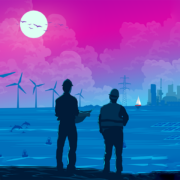
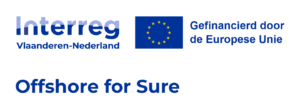
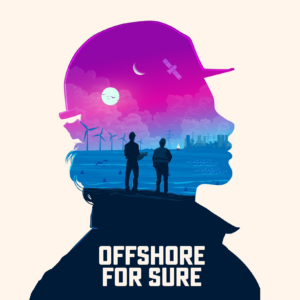



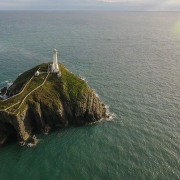 Tocardo
Tocardo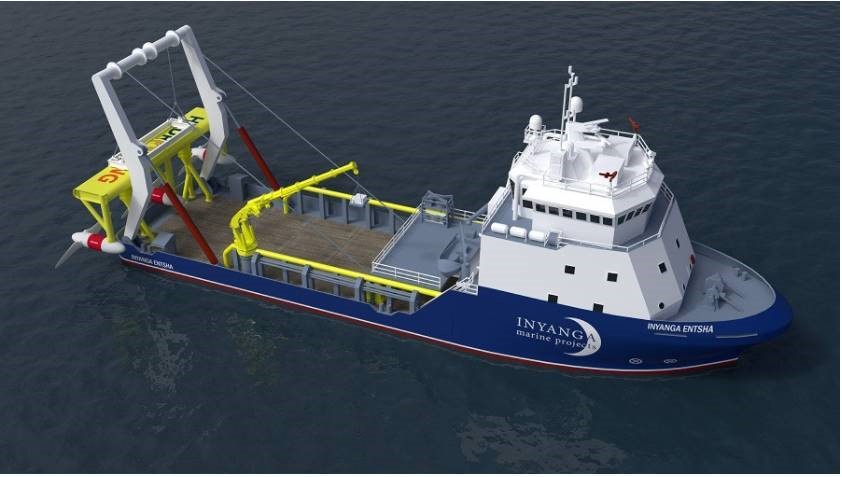
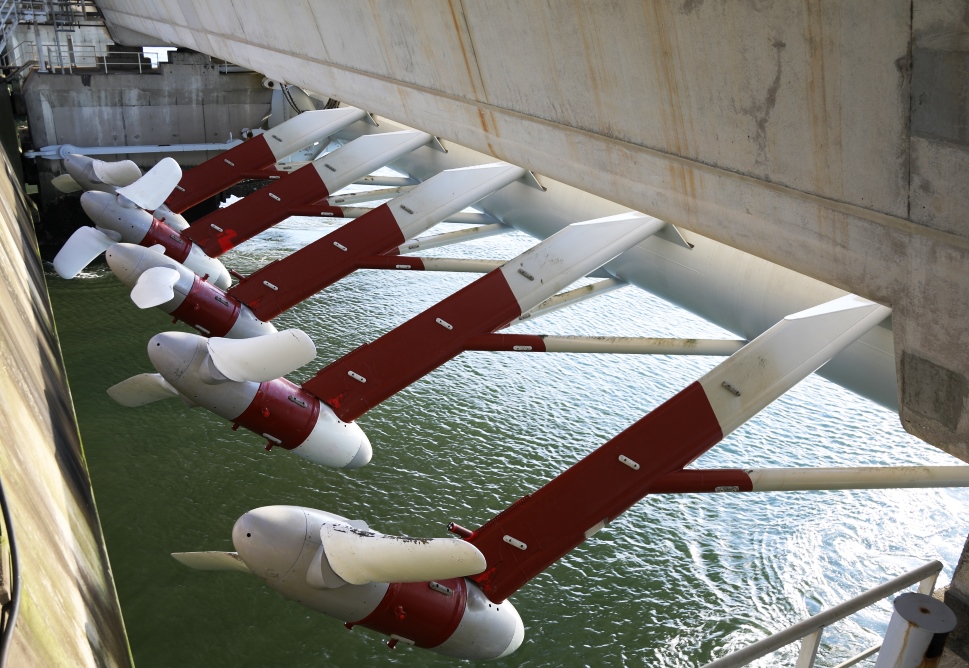
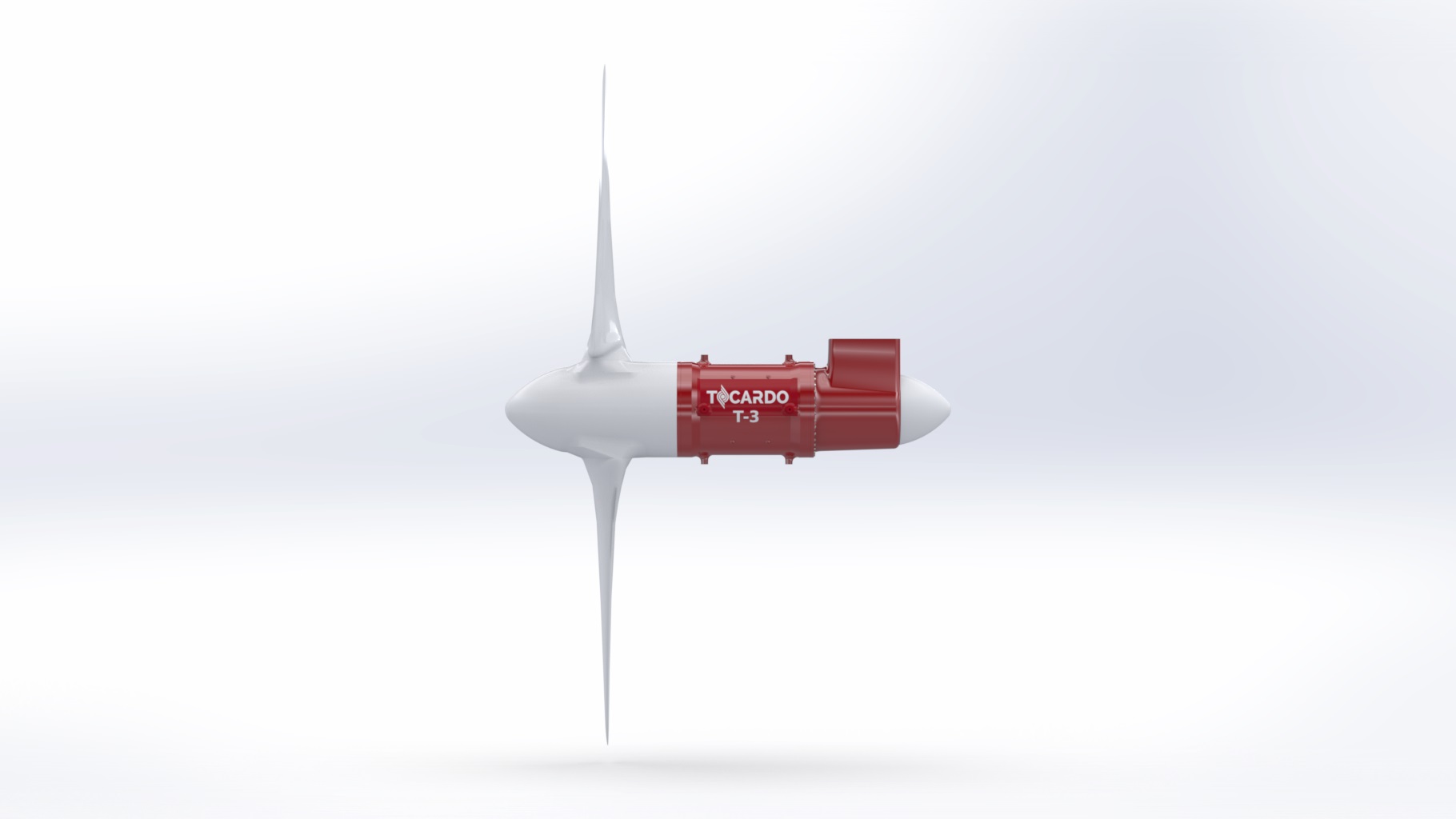
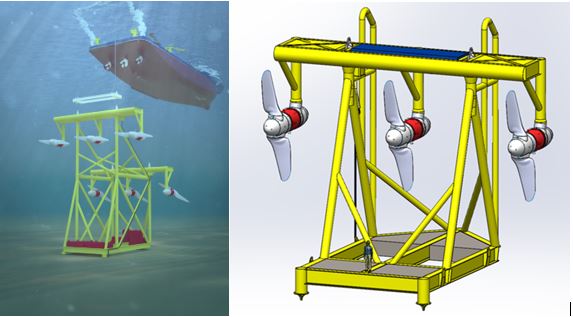
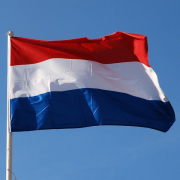
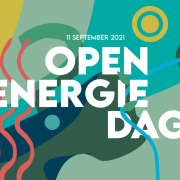
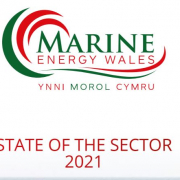 Marine Energy Wales
Marine Energy Wales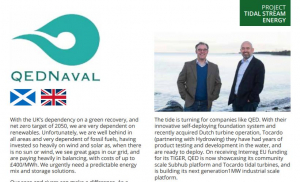
 Change Inc.
Change Inc.